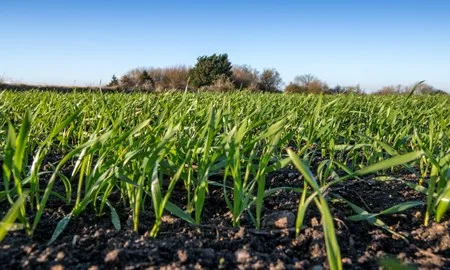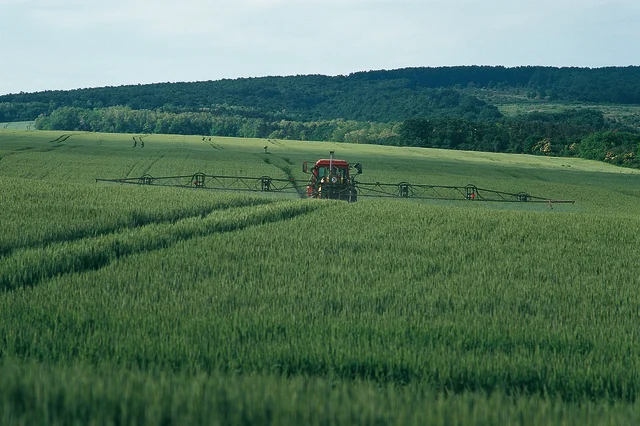Published on 9th July 2020
Weed Management
Six tips for maximising the efficacy of pre-ems

An overview of how to ensure optimal pre-emergence efficacy
Even spray coverage across the soil surface applied in the correct conditions is essential for optimal pre-emergence efficacy. Here are six areas to focus on:
1. Apply to moist soil
Soil moisture affects the efficacy of residual chemistry applied in autumn and spring.
Moisture allows the chemical to move through the upper soil layer were weeds germinate from, thereby creating a layer of protection up to 20mm deep. Some moisture is also needed to stimulate weed germination.
Best results therefore require moist soil at, and after, application. Prolonged dry conditions can reduce efficacy, as can extremely wet conditions.
In very wet soils, actives may move slightly deeper to the crop rooting zone and cause crop effects. In addition, crop rooting is often poorer and shallower in wet conditions, increasing the risks particularly on lighter soils and in weaker/stressed crops.
Very high temperatures may also reduce the efficacy of pre-emergence sprays.
2. Avoid loose, cloddy seedbeds
Seedbeds should be fine and well consolidated to ensure emerging weeds come into contact with the herbicide, so avoid loose or cloddy seedbeds.
Where possible, rolling after drilling is highly beneficial. It helps close any open slots and push more soil over shallow-drilled seeds by breaking down clods.
Improving seedbed quality by rolling slows the movement of herbicides through the soil, preventing crop effects.
Large clods can also have a “shadowing” effect when spray is applied, meaning areas of soil remain untreated, allowing weeds to survive. Clods could also contain dormant black-grass seed, which is released to emerge within crops when clods break down.
3. Optimise drilling depth
Weed roots, or shoots, take in the active ingredient from the herbicide layer as they germinate and subsequently perish.
Drilling should therefore be no shallower than 32mm to keep wheat and barley seeds away from the zone of residual herbicide activity.
4. Apply sprays promptly
The safest and most effective time to apply pre-emergence herbicides is within 48 hours of drilling for optimum black-grass control and minimal risk of crop effects.
Weeds can start germinating immediately after drilling, so a prompt pre-em prevents roots and shoots growing past the layer of control.
In extremely dry conditions it may be better to postpone drilling until there is moisture rather than apply a pre-em to dry soil.
The true peri-emergence timing when the crop is just appearing through the soil is the highest risk timing, particularly for big mixes of residual chemistry. Allowing the crop to get bigger than peri-emergence tends to lessen the crop effects but weed control will be compromised.
5. Optimise sprayer setup
Nozzle choice: both air-inclusion and fan nozzles do a good job of getting even coverage of the soil surface. Alternate forward and back-facing angled nozzles could help improve spray coverage
Forward speed: should not exceed 12 kph
Water volume: The correct water volume is crucial for good soil coverage and black-grass uptake. Volumes of 200L/ha are usually more effective at ensuring good surface coverage, but follow label recommendations
Always apply products at the recommended rate
Maintain the correct boom height
Ensure sprayers are serviced, cleaned and tested before use.
6. Surface residues
Excessive surface trash can act as a barrier and prevent the pre-emergence herbicide fully penetrating the soil, so may reduce efficacy as weeds emerge beneath this layer.
Ensuring crop residues are well chopped and spread evenly across the surface will help minimise the risks, as will incorporating them with some form of cultivation.



